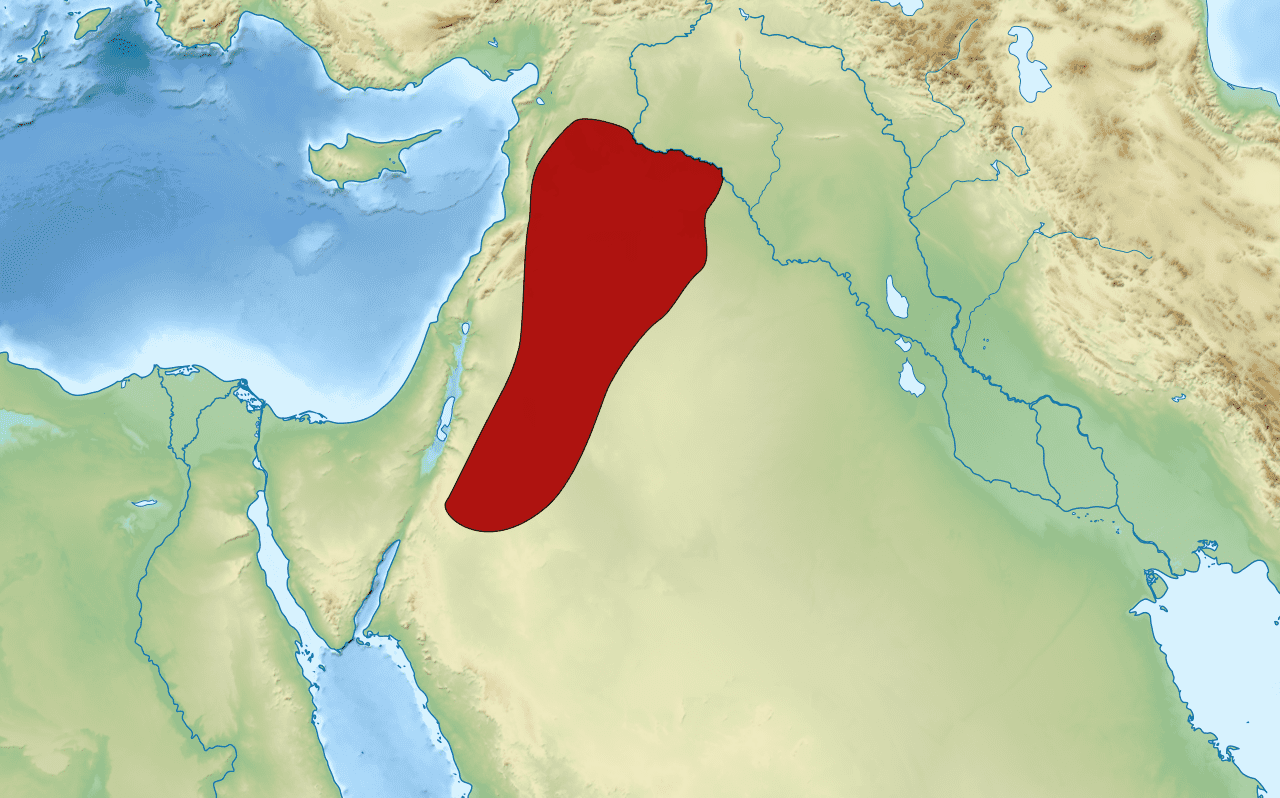In the fourth century AD, a religious dispute over a bishop sparked a massive revolt against the Roman Empire. Led by an Arab warrior queen named Mavia, the rebels defeated multiple armies sent to subdue them and visited widespread destruction throughout much of the Roman East. Eventually, the Romans sued for peace and agreed to Mavia’s terms. Below are thirty things about that revolt and other great uprisings from history.

30. A Religious Dispute That Seems Minor Today Sufficed to Spark a Major Revolt in the Fourth Century AD
In 375 AD Mavia, a warrior queen, commenced her rule of the Tanukhids, a confederation of Arab tribes whose range stretched from northern Arabia, through eastern Jordan, to southern Syria. In the fourth century AD, they became the first Arabs to serve as foederati, or allies, of the Roman Empire. The relationship soured, however, over a religious dispute. The Tanukhids were Orthodox Christians, but in 364, Emperor Valens, an Arian, ascended the throne. The doctrinal dispute between Arianism and Orthodox Christianity revolved around whether Jesus had always existed alongside God, and was thus his equal, or whether he was begotten by God, and is thus His subordinate.

To most people today, that might seem like a trifling difference, but it mattered to people at the time. It mattered enough for them to kill or get killed over. The Tanukhids asked Valens to send them an Orthodox bishop, but he insisted on sending them an Arian one instead. So Queen Mavia, who had recently ascended the throne, withdrew from her capital of Aleppo into the desert. There, she began to gather support throughout the region and to form alliances with other Arab tribes in preparation for a revolt. In the spring of 378, she launched a massive revolt against the Roman Empire.

